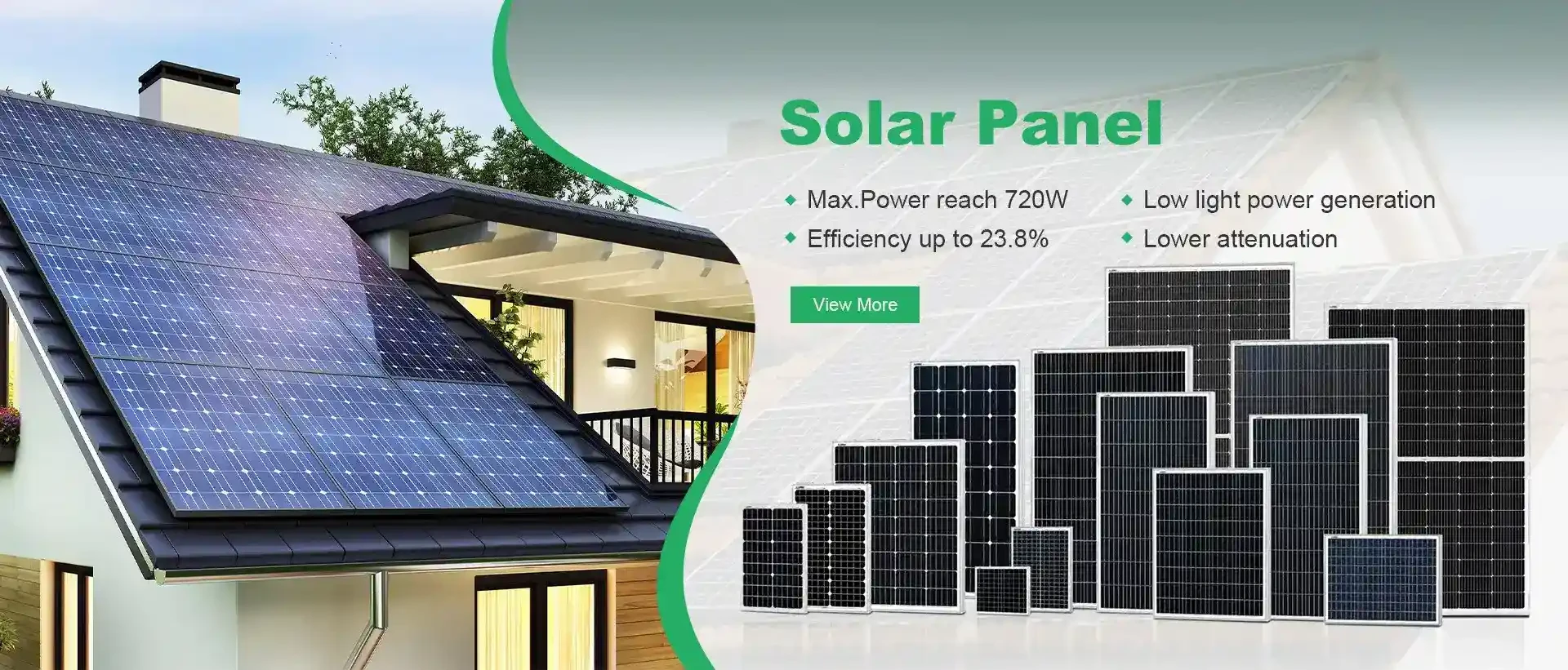Hybrid Grid-Tied Inverter with Power Limiting Features for Enhanced Energy Management
Understanding Hybrid Grid Tie Inverters with Limiters
As the world pivots towards sustainable energy sources, hybrid grid tie inverters (GTIs) have gained prominence due to their dual functionality and energy management capabilities. These devices play a crucial role in renewable energy systems, particularly in integrating solar power with the existing grid. In this article, we will explore what hybrid grid tie inverters are, their functionalities, and the significance of limiters in the system.
What are Hybrid Grid Tie Inverters?
A hybrid grid tie inverter is an advanced energy conversion device that can operate in multiple modes. It is designed to work with both renewable energy generation sources, such as solar panels, and traditional utility power. Unlike standard grid tie inverters, which only allow for energy flow from solar panels to the grid, hybrid GTIs can manage energy storage systems, such as batteries. This capability enables users to optimize their energy consumption, reduce reliance on the grid, and increase overall energy efficiency.
Key Features of Hybrid GTIs
1. Dual Operation Mode Hybrid GTIs can operate in grid-tied mode, where they feed energy back into the grid, and off-grid mode, where they can function independently. This flexibility makes them ideal for areas with unreliable electricity supply.
2. Energy Storage Integration By incorporating battery storage, hybrid inverters allow users to store excess energy generated during peak sunlight hours for later use. This ensures that energy is available during periods of low solar generation or high demand.
3. Real-time Energy Management Many hybrid GTIs come equipped with advanced monitoring and control systems. These systems enable real-time tracking of energy production, consumption, and stored energy levels. Users can manage their energy usage more effectively, leading to significant savings.
The Role of Limiters in Hybrid GTIs
hybrid grid tie inverter with limiter

Limiters are an essential feature of hybrid grid tie inverters. They serve several critical functions in the overall operation and energy management of the system.
1. Regulating Energy Flow Limiters can prevent energy from flowing back to the grid beyond a specific threshold. In regions where feed-in tariffs (payment for energy fed into the grid) are limited, the limiter ensures that the energy exported does not exceed the allowed limits.
2. Enhancing System Safety By regulating the power output, limiters help prevent overloading and potential damage to the inverter and the broader electrical system. This is particularly important during peak generation times when solar panels produce excess energy.
3. Improving Energy Efficiency Limiters optimize energy usage by ensuring that stored energy is deployed efficiently. For example, limiters can control the discharge of energy from batteries to meet household demands, reducing waste and improving overall energy efficiency.
4. Compliance with Regulations Many regions have strict regulations governing the amount of energy that can be fed back into the grid. Limiters help ensure that hybrid inverters comply with these regulations, avoiding penalties and ensuring the system operates within legal bounds.
Conclusion
Hybrid grid tie inverters with limiters represent a significant advancement in energy technology. They provide an efficient means of harnessing renewable energy while ensuring safety, regulatory compliance, and the effective management of energy resources. As more homes and businesses look to integrate renewable energy solutions, the role of hybrid GTIs will become increasingly vital in the transition towards a more sustainable energy future. With their ability to optimize energy usage and provide backup during outages, they are a wise investment for anyone looking to maximize their energy independence and efficiency.
As we continue to explore and develop innovative energy solutions, understanding the functionalities and advantages of systems like hybrid grid tie inverters with limiters is essential in making informed decisions for a greener tomorrow.
-
Understanding the Advantages of Solar String Inverters for Your Energy SystemNewsApr.29,2025
-
Choosing the Right PV Inverter: A Comprehensive GuideNewsApr.29,2025
-
The Future of Solar Power: Exploring Bifacial Solar PanelsNewsApr.29,2025
-
The Complete Guide to Solar Panels: Efficiency, Cost, And InstallationNewsApr.29,2025
-
The Best Options for Efficiency and Cost-EffectivenessNewsApr.29,2025
-
Harnessing the Power of Off-Grid Solar Inverters for Energy IndependenceNewsApr.29,2025







